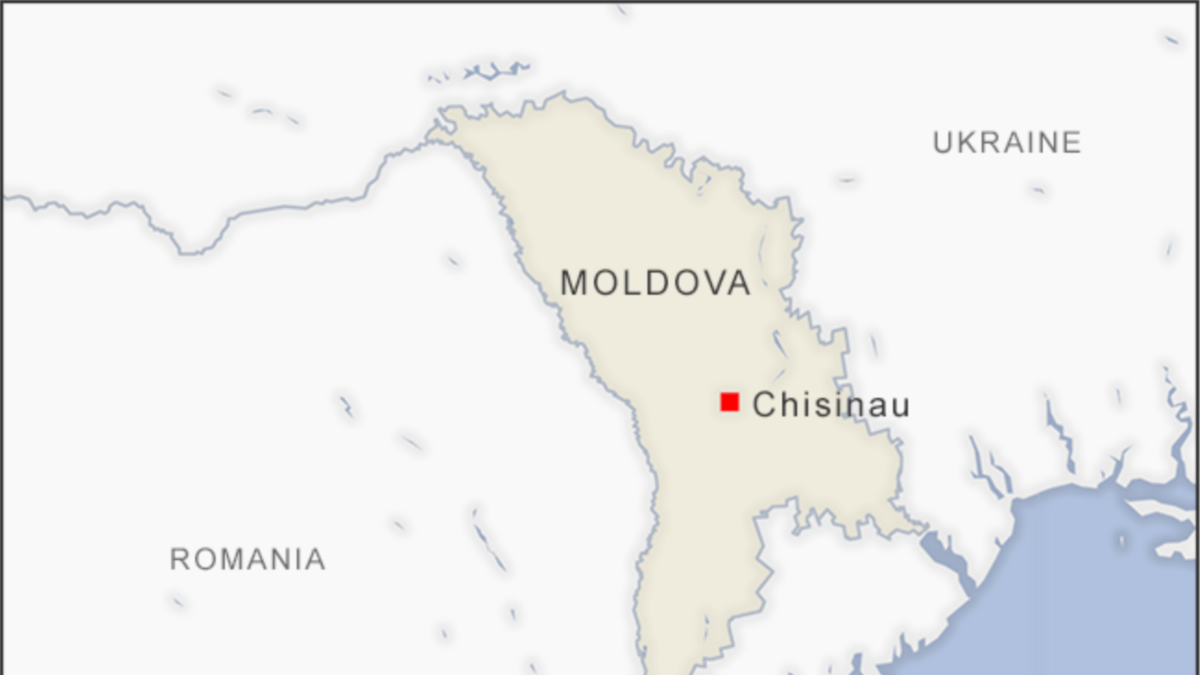
According to the World Health Organization, five African countries are battling anthrax outbreaks, with nearly 1,200 people affected and 20 people dead so far. But the official tally belies the exact nature and scale of the outbreaks, which could complicate efforts to contain them.
Of the 1,166 suspected cases of anthrax in Kenya, Malawi, Uganda, Zambia and Zimbabwe, only 35 were confirmed by laboratory tests. This is neither unusual nor unreasonable, experts said, especially in regions with limited resources.
But in Uganda at least, many of the suspected cases tested negative for anthrax, raising the possibility that a second disease is circulating.
“It could simply be that the diagnostic testing is inadequate, or it could be that you have a moderate number of anthrax cases and at the same time something else is breaking out that could look similar,” Dr. Andrew Pavia, an infectious disease expert at the University of Utah who has advised the Centers for Disease Control and Prevention on guidelines for anthrax treatment.
Because anthrax is not normally transmitted between humans, outbreaks so far are believed to have been limited to people who consumed meat from infected animals. Uganda now has banned the sale of beef products.
“Even if someone with cutaneous anthrax gets off a flight in Washington, D.C., they’re not going to infect anyone—as long as they don’t have a duffel bag full of contaminated meat that they’re passing around,” said Dr. Pavia.
Anthrax is caused by extremely resilient bacteria called Bacillus anthracis, which can survive in soil and water for decades or even centuries. Cattle become infected when they ingest spores from the soil while grazing and can become sick and die as quickly as two to three days later.
Outbreaks in cattle are particularly likely following heavy rainfall, such as those recently experienced in East and Southern Africa.
In humans, anthrax can cause skin ulcers with a black center and swellings that can suffocate the patient if they extend to the chest.
Sporadic outbreaks of anthrax in wild animals, cattle and humans are not uncommon in these countries. But having five outbreaks at the same time “is probably a little strange, and that’s probably what’s getting the news attention,” Dr. William Bower, an anthrax expert at the CDC
In Uganda, the first suspicious cattle death occurred in Kyotera district in June, and the first sudden human death was reported in July, according to an internal report in the New York Times.
By the end of October, at least 24 animals had died. Some infected animals and people have since emerged in Kalungu district, about 72 kilometers north of Kyotera.
But it wasn’t until mid-October, after reports of a mysterious illness among people, that county officials began testing skin lesions on those affected. The first two samples proved negative for anthrax and several other diseases.
As of December 6, Uganda’s official number stood at 48 suspected cases. But of the 11 for which results were available, only three were positive for anthrax; The remaining eight tested negative, according to Kyotera officials.
Still, that may not mean patients are free of anthrax, Dr. Jean Paul Gonzalez, a hemorrhagic fever expert at Georgetown University who has trained 250 Ugandan scientists about emerging infections.
Uganda’s laboratory facilities can reliably test for anthrax, but only if samples are properly collected and processed, Dr. Gonzalez.
Dr. Jean Kaseya, director general of the Africa Centers for Disease Control and Prevention, said officials relied on patients’ symptoms as well as known links to diseased cattle or contaminated meat to determine whether they had anthrax.
“Because we have confirmed cases and confirmed these deaths due to anthrax, there is no doubt in our mind that it is anthrax,” Dr. Kaseya.
The patients in Kyotera District had itchy lesions on the hands and arms, swelling and numbness of the affected limbs, and headaches. This sometimes resulted in chest swelling, difficulty breathing and death.
“That sounds a lot like anthrax,” said Dr. Bower.
Although there is a vaccine against anthrax, Dr. Kaseya, however, is not available in Africa, where the disease is a much larger problem. “This is injustice and unacceptable,” he said.
He added that the Africa CDC was working closely with the Ugandan Ministry of Health to assist in the investigation. However, officials in Kyotera face numerous hurdles in their attempts to identify and diagnose cases, according to the internal report.
“Suspected cases are unwilling to show their skin lesions and allow samples to be taken,” the report said. Some people with symptoms have given officials false information or refused to provide information at all.
Officials also lack enough cars and fuel to travel to affected areas and evacuate critically ill patients.
Many patients are convinced that witchcraft is responsible for the disease and avoid clinics for traditional healers. This has led to at least one death at a shrine in Kalungu.
Paul Ssemigga, 68, a farmer, believes he fell ill after eating contaminated meat. He sought help from a traditional healer and took herbs for more than a month before seeking treatment at Kalisizo General Hospital in Kyotera.
It is unclear whether Mr Ssemigga has anthrax. Of the eight patients treated in hospital, test results are available for only two; both were negative for anthrax.
But so far, Mr. Ssemigga appears to be responding to antibiotics and the swelling in his arms appears to be going down, Dr. Emmanuel Ssekyeru, the medical officer of the hospital.
It’s possible that those who test negative for anthrax have cellulitis, a generic term for any deep skin infection, Dr. Ssekyeru. Or they have one of several diseases with similar symptoms: Rift Valley fever, a viral disease that also occurs in domesticated animals, for example, or infections with certain bacteria or with arboviruses such as West Nile virus – or even tick bites.
Investigators should continue to consider these other possibilities, Dr. Pavia.
“One rule in outbreaks is that you don’t close yourself off too early and always take into account that there is a second pathogen or a second route of transmission,” he said.
Otherwise, officials could succumb to so-called confirmation bias, where “you have a few cases of one thing and you try really hard to push others into that diagnosis, but it turns out you’re wrong,” he said.






Recent Comments